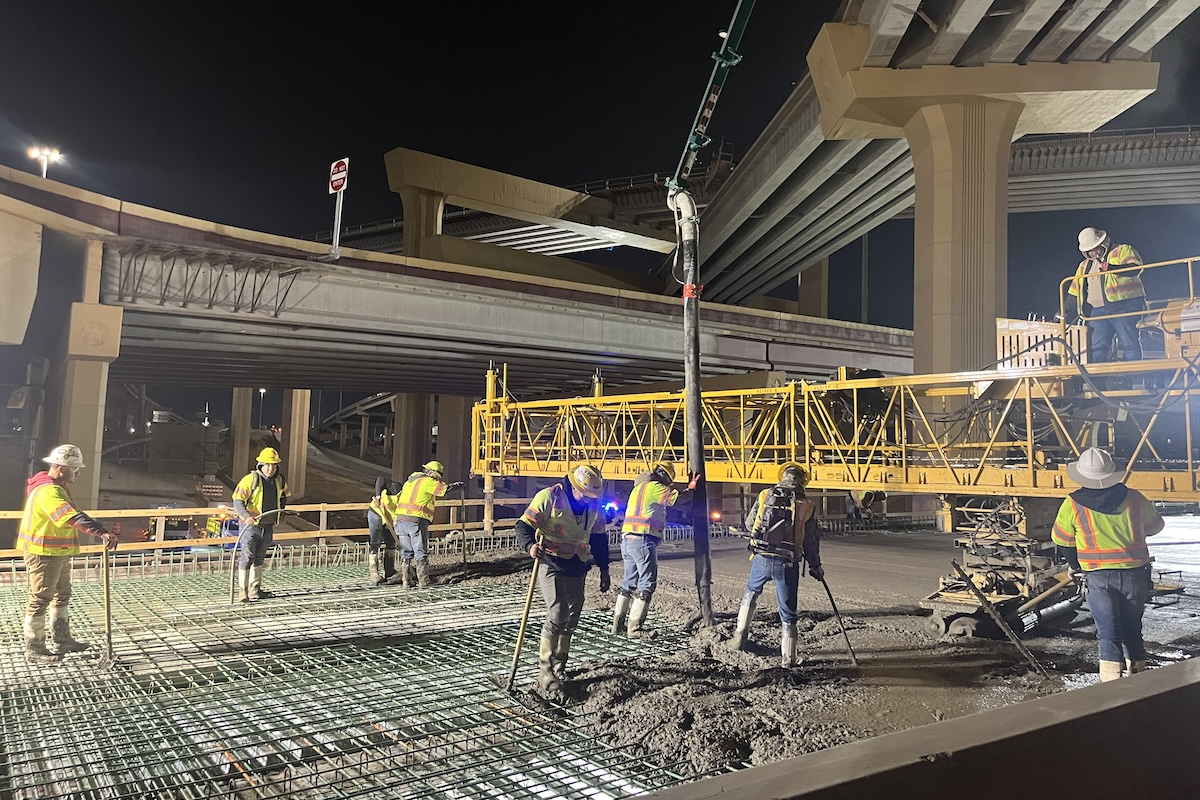The default option is a three-party lawsuit where the subcontractor sues you in your capacity as general contractor. By denying the claim, you bring the owner into the lawsuit as a liable party to the subcontractor’s claim. This option is efficient from the judicial system’s perspective, as it means one lawsuit instead of two. The subcontractor cannot sue the owner since the two have no contract between them. Thus, the subcontractor’s recourse is limited to suing the contractor. In the three-party lawsuit, you argue that if the subcontractor prevails in its claim against you, the owner is liable. If the owner successfully defends against the claim, the subcontractor takes nothing.
Putting judicial economy aside, it may not make economic sense for contractors to have a lawyer involved in litigating a case where they have no skin in the game. Fortunately, there is a better option than the three-party lawsuit on multi-party construction projects.
When contracting with the federal government, not all claims can be passed through. In 1943, the U.S. Court of Claims ruled in Severin v. United States that the federal government was not liable for pass-through claims where the subcontractor had effectively waived its claims against the contractor through an exculpatory clause. Today, pursuant to the Severin doctrine, prime contractors seeking damages on behalf of subcontractors must agree that they are liable for the claim. Contractors need not admit that the claim is valid, but they must agree to liability to the extent that the subcontractor proves damages. The Severin doctrine has led to the practice of drafting pass-through agreements, which define how the claim will be prosecuted. These agreements will also confirm the contractor’s promise to convey any funds recovered in its name to the subcontractor, less attorneys’ fees and costs incurred by the contractor.
How does all of this play out in Texas? Much to Texas contractors’ benefit, the Supreme Court of Texas recognized pass-through claims in 2004 and laid out the requirements for asserting them. The Court defined a pass-through claim as a claim by a party that has suffered damages (the subcontractor); against a responsible party with which it has no contract (the owner); and presented through an intervening party (the contractor) that has a contractual relationship with both. The second prong of this definition is crucial. It requires that the contractor is responsible for something. That responsibility is an admission of some liability to the subcontractor, and it creates the basis for a claim from the contractor against the owner (remember the Severin doctrine).

| Your local Finn Corporation dealer |
|---|
| Romco Equipment Co |
- A description of the dispute, specifying the subcontractor’s claim and the owner’s denial
- A statement that the subcontractor has no other claims against the contractor
- An agreement between the contractor and subcontractor that the contractor will “pass through” the claim against the owner in the contractor’s name
- A commitment from the subcontractor to pay all legal fees in prosecuting the claim and defending against any resulting counterclaim from the owner
- Indemnification of the contractor from any amounts awarded as damages to either party
- A limit to the subcontractor’s relief to any damages awarded against and paid by the owner
- Acknowledgment that the contractor remains liable to the subcontractor for the subcontractor’s damages to the extent they prevail against the owner (per the Severin doctrine)
Contractors might be tempted to engage in the pass-through claim process without a liquidating agreement. However, any short-term economies gained by avoiding legal fees for a liquidation agreement could be vastly eclipsed by the contractor’s potential liability to the subcontractor. If the subcontractor’s original claim is not paid in full by the owner, the subcontractor may be able to bring a second claim against the contractor to recover the balance of the claim. Contractors can avoid that scenario by limiting subcontractors’ relief to the damages awarded against and paid by the owner.
The benefits of engaging in the pass-through claim process by way of a liquidating agreement greatly outweigh the risk of not having such an agreement. After all, the subcontractor's claim arose out of the owner's action or inaction. In many cases, the owner — not the contractor — should be responsible for paying the subcontractor's claims. Ultimately, contractors can take advantage of liquidating agreements to limit liability to the amount recovered from the owner and to limit legal fees for a dispute where they have no independent involvement.
Stephanie Cooksey is an Associate in Peckar & Abramson’s Construction & Infrastructure and Business Litigation practices. Cooksey focuses on construction litigation through her work on matters related to construction defects, breach of contract, business disputes, and labor and employment.






































































